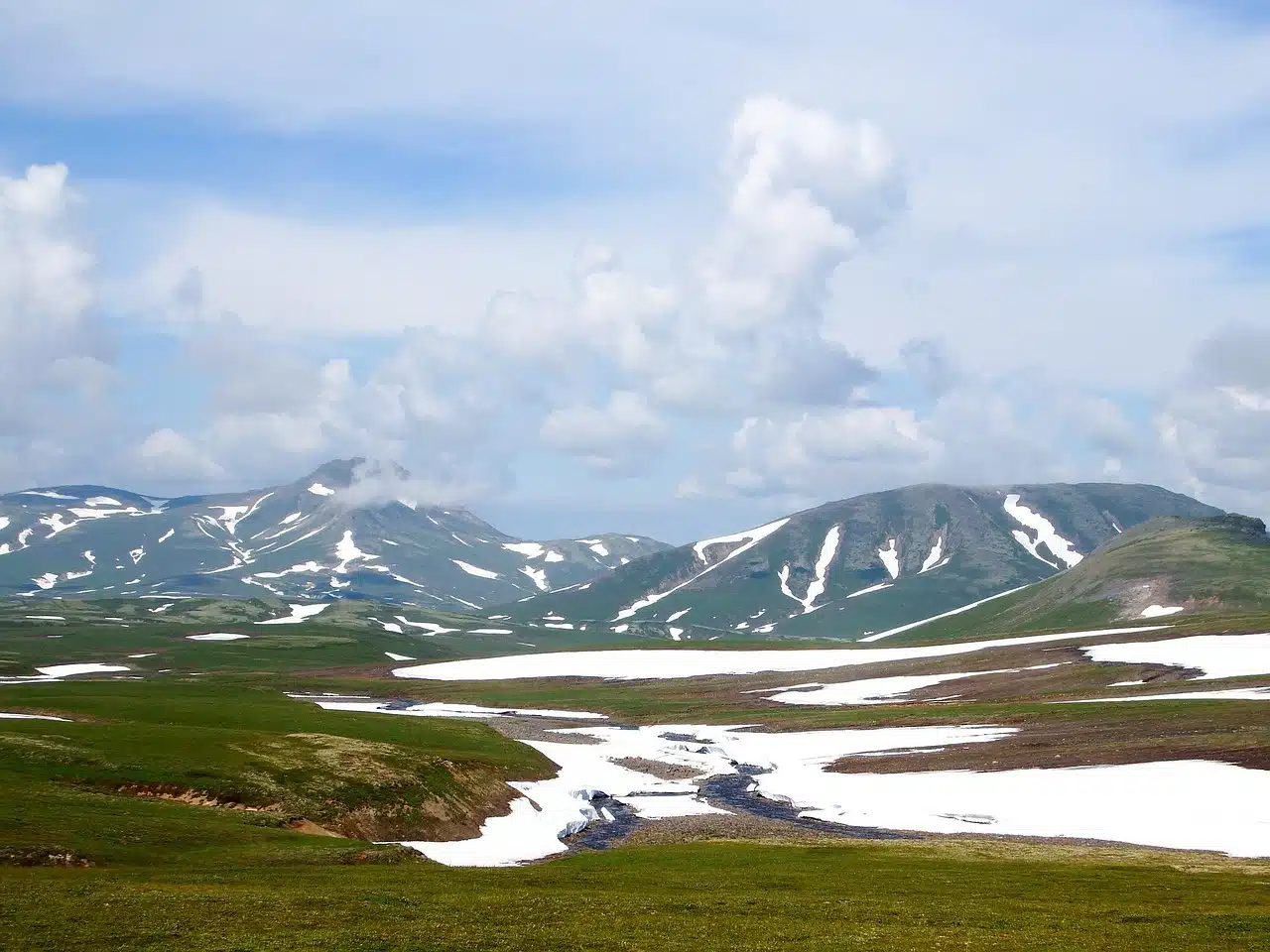
The tundra is a type of biome.
The tundra is a type of biome typical of the subglacial climate , characterized by the frozen subsoil and the absence of trees. These are flat lands , with the ground covered with mosses and lichens.
Most of the tundra extends across Siberia , Alaska , northern Canada , southern Greenland , and the European Arctic coast . In the southern hemisphere, it is possible to find portions of tundra in the extreme south of Argentina and Chile , the subantarctic islands , and the northern areas of Antarctica that are close to sea level.
Tundra Features
Statistics indicate that the tundra occupies about a fifth of the surface of our planet . It is possible to distinguish between two types of tundra: alpine or high mountain tundra (which appears at high altitudes) and arctic tundra (occurs in lower areas and exhibits greater vegetation).
Geology calls permafrost the permanent ice layer that exists at the surface levels of the soil in regions of very low temperatures. In the tundra, large areas frozen during the winter become swamps or peat bogs when the temperature rises, since the permafrost does not allow meltwater to filter through.

In Siberia there is tundra.
Species at risk
Seals, sea lions, white bears and wolves are some of the animals that live in the tundra. Other species, such as reindeer, migrate to other areas during the coldest times of the year. As for the flora, it does not usually exceed 10 centimeters in height due to the action of the wind .
The melting of the polar caps has put tundra fauna in danger of extinction, and the polar bear is one of its main victims. Unfortunately, there are no concrete measures to combat this situation. On the other hand, hundreds of thousands of seals under one year of age are beaten to death to sell their skin and fat in the form of dietary products and aphrodisiacs.
Fires, climate change and the tundra
After being absent for about ten millennia, fires have returned to the Arctic tundra, accentuating the severity of climate change. A study shows that these fires can negatively affect areas very far from the specific points where they take place.
In 2007 , a team of ecologists from the University of Florida ( United States ) conducted research with the purpose of quantifying the amount of carbon that had been emitted in a fire that same year on the Anaktuvuk River in Alaska . The results were alarming: 2 million 100 thousand tons of carbon were released into the atmosphere, around double the annual emission of the city of Miami , and enough to impact the entire world's climate .
The smoke from the fire sent greenhouse gas into the atmosphere, although this represents only a small portion of the impact on the environment, since on the other hand it consumed a third of the insulating layer of organic matter that is responsible for protecting the permafrost. .
Since the soil of the Arctic tundra is rich in combustible material, such as peat, the permafrost is exposed and a layer that is highly absorbent to the heat of the sun forms on it, which can contribute to its melting. When this occurs, the organic matter that the ice had kept isolated begins to be decomposed by microbes, with the consequent release of carbon that had remained trapped for centuries or millennia.
The tundra is a large deposit of carbon, and that is why a fire in its expanses has a particularly negative impact on the planet.
